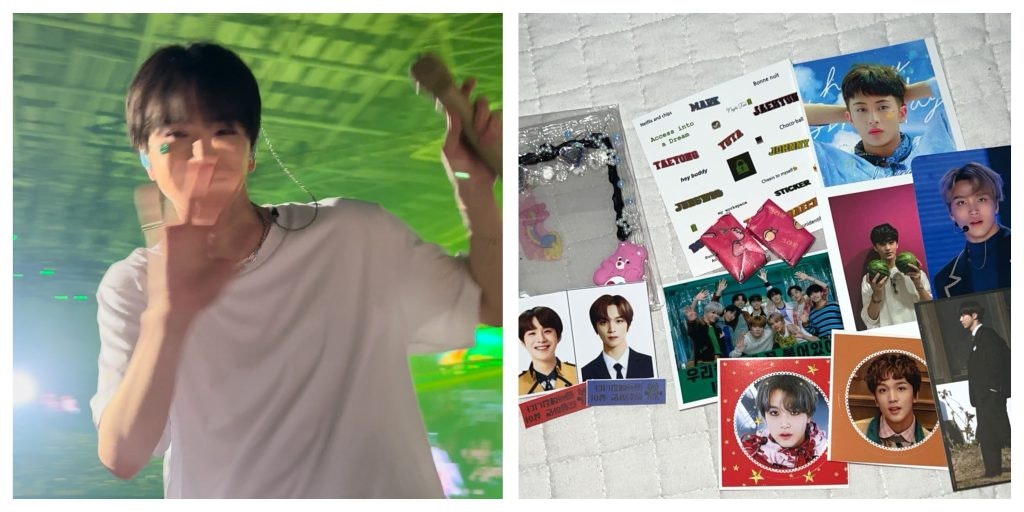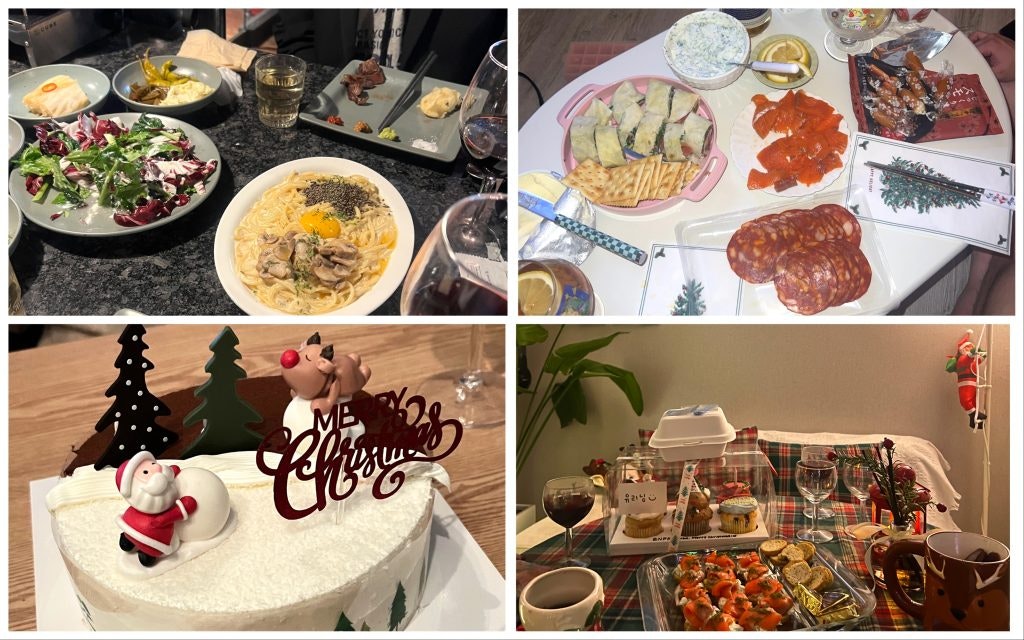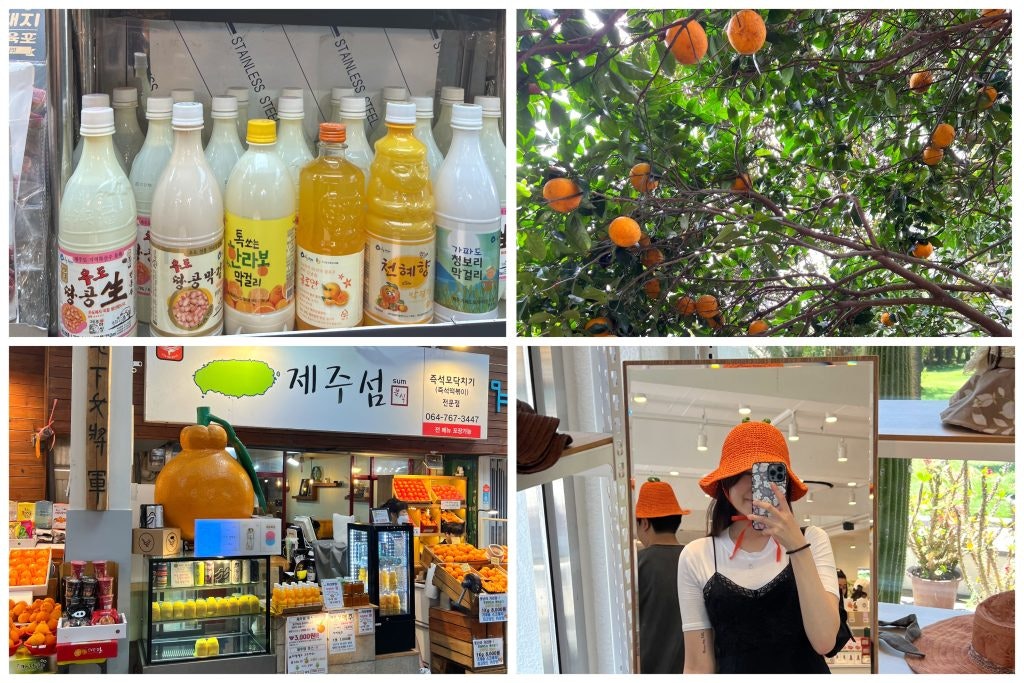13. PC rooms are widely popular among all genders and ages
PC rooms (The Korean word is PC방, or PC-bang) are insanely popular here. People—of all ages and genders—can spend anywhere from a couple of hours to an entire day gaming or watching YouTube. You can order food straight to your desk, and the internet speed is ridiculously fast. It’s also the best place to buy concert tickets because the lag is basically zero!
14. Plastic surgery is common
Plastic surgery is so normalized here. I think almost all of my Korean friends have had something done. But compared to the U.S., it’s mostly small procedures like rhinoplasty or double eyelid surgery. Bigger surgeries exist, but they’re less common in Korean culture. It’s also normal for families to gift double eyelid surgery to their kids as a graduation present.
Every time I go to Jeju Island, I spot so many people wearing bandages and masks post-surgery. A lot of people travel there to recover, so the airport is full of what looks like mummies—but they’re just healing from their procedures! Not just Koreans, but a lot of foreigners too.
15. Recycling in Korea can be overwhelming
Recycling in Korea might stress you out if you’re not used to it. The number of bins varies depending on the building and area, but in my apartment, we have 10: paper, cardboard, Styrofoam, general waste, glass, plastic, vinyl, cans / scrap metal, food waste, and plastic bottles. Having lived abroad in Norway as well, this was one of the biggest challenges for me, but I eventually got used to it.
Korean food waste is handled separately, and in many areas, you need to buy special biodegradable bags. If you don’t sort your trash properly, you can get fined anywhere from 50,000 KRW to 1,000,000 KRW ($40 to $750). Many apartments even have CCTV monitoring the disposal areas, and repeated mistakes can lead to warnings or penalties. So, make sure you know what goes where!
![Public transportation in Korea trash cans bins]()
All the trash bins outside my building, it’s a lot right?
16. Dear reader, did you eat?
In the Korean language, people don’t usually ask, “Are you okay?” or “How have you been?” to show care. Instead, when they speak Korean they ask, “밥 먹었어?” which means “Did you eat?”.
Apologizing in South Korean culture is also indirect—rather than saying “sorry” outright, people often offer fruit or suggest ordering food together as a way to make up for something.
17. “Alexa, play ‘Next Level’ by AESPA”. Because Korean drinking culture definitely is!
Drinking culture here is intense. It doesn’t matter what time of the day or what day of the week it is—if there’s Korean BBQ, alcohol is usually involved. Even at lunch, if we’re eating meat at 2 PM, Soju shots might be on the table. If we go out for hangover soup the next day, there’s a good chance we’ll just start drinking again. Alcohol is also extremely cheap—Soju, which is about 16% alcohol, is often cheaper than a bottle of water!
18. Avoid Line 1 in Seoul
I know I said that the subway in Korea is close to silent, but there is one exception. Line 1 is the oldest subway line in Seoul, and it’s infamous for being confusing and frequently late. It connects to several KTX train stations, which only adds to the chaos. Even Koreans struggle with it.
The first time I took Line 1 to work, I accidentally ended up in another city and had to take a taxi all the way to the office. I was early but still arrived late—and my money was gone. There’s also an internal joke among Koreans that Line 1 has the weirdest people. I can confirm—I’ve seen some very drunk Ajussis(Korean elderly men), people screaming, and even people lying on the floor.
So, if you want some budget entertainment, just take a ride on Line 1 on a Saturday evening and I’m certain you’ll be entertained.
19. Korea is ridiculously convenient
There are convenience stores like CU, GS25, and 7-Eleven on nearly every corner, and they operate 24/7. Korean companies like Olive Young, Korea’s version of Sephora, are everywhere—I feel like I can spot one every 10-15 minutes while walking. Olive Young mostly sells Korean brands, with some Japanese and Chinese ones mixed in. The prices are good, and if you’re a foreigner, bring your passport for a tax refund! They also give out so many freebies and 1+1 deals—it’s amazing. I’m biased but I think life in South Korea is so convenient.
Ordering food and other items is so convenient that I don’t think I could ever live anywhere else. Sometimes, I’m just scrolling late at night on Coupang out of boredom, and I end up ordering random stuff. By the next morning, it’s at my door, and I’ve almost forgotten I ordered it! Delivery can take as little as a few hours or just a day.
Food delivery is also super easy. With apps like Baedal Minjok, you can order from most traditional korean restaurants nearby. Delivery fees are usually free or around $2–$3 for fast delivery. The packaging is great, and they often include freebies or review events where you get extra dishes for leaving feedback.
![fun facts about south Korea delivery items and delivery food]()
1: All my orders straight to my door, same day delivery.
2: Who said delivery food has to look delivered? perfect if you’re not a good chef or are expecting guests.







